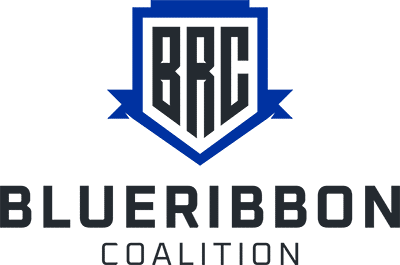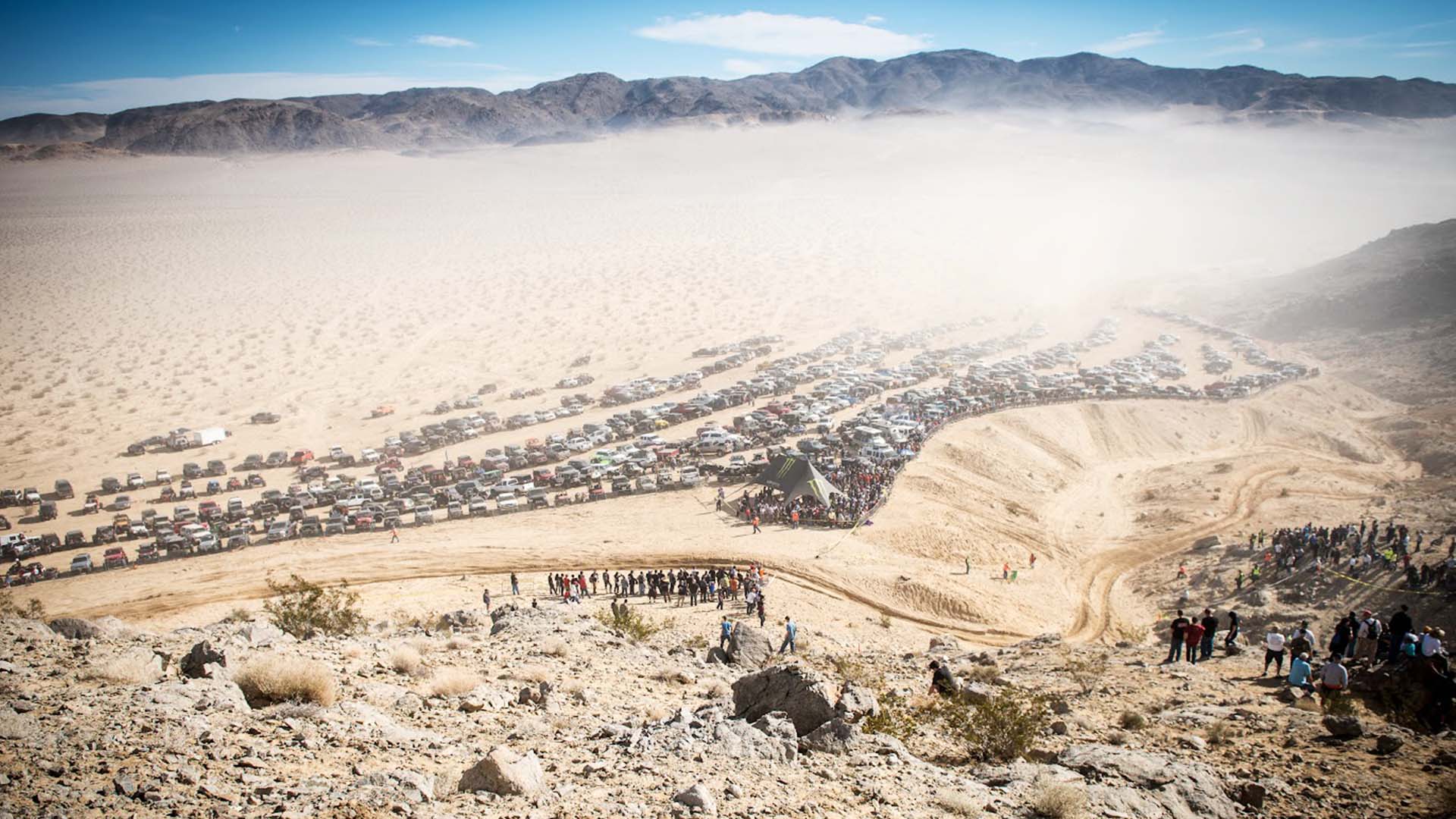Ten years ago, The OHV community fought hard to protect Johnson Valley when the Marines sought to take it all. That battle ended in compromise: half of Johnson Valley was permanently transferred to the Marines, while the remainder was kept open as a congressionally designated OHV area under a “shared use” model with limited training closures each year.
Now, the Marines are back, this time not to take the land, but to take the skies. The proposal would create a new Special Use Airspace (SUA), R2509, over Johnson Valley. While the Marines claim OHV ground use will not change, the reality is that “surface to sky” restricted airspace would block civilian helicopters, drones, and other essential aviation operations without prior Marine approval.
This restriction would directly impact:
- Medevac flights – Accidents are common in Johnson Valley, and life flights are often the only way to get injured recreationists to the nearest trauma center in time. Any delay in emergency response can cost lives.
- King of the Hammers (KOH) – This world-renowned event depends on helicopters and drones for live coverage, safety monitoring, and chase support. Without them, KOH loses its viability, threatening the $34 million annual economic boost it brings to San Bernardino County.
- Utility and safety operations – Powerline inspections, maintenance flights, and local aviation corridors that rely on Johnson Valley as a safe route would be severely impacted.

The Marines have presented three alternatives in this proposal:
- Alternative 1: Creates the most restrictive version of R2509, establishing permanent, surface to ceiling airspace closures.
- Alternative 2: Expands military airspace but attempts to frame it as “shared use,” allowing some civilian flights but under tight restrictions and with potential clearance delays.
- No Action Alternative: Would leave Johnson Valley as it is today, honoring the balance Congress already created between military training needs and recreation access.
In practice, both action alternatives jeopardize recreation access, safety, and future events in Johnson Valley.
This is not what Congress intended when it preserved part of Johnson Valley as a designated OHV area. Shared use was already a compromise. Taking control of the skies is not balance, it is a back door land grab that undermines the agreement made with the OHV community and threatens the future of one of the most important public land recreation areas in the nation.
Other areas of the West where the military has been granted control of both land and airspace show exactly why OHV users should be concerned. At the Yuma Proving Ground in Arizona, surface-to-sky restricted airspace has effectively eliminated public recreation across vast areas, even though the land beneath appears open. Similarly, at White Sands Missile Range in New Mexico, the military’s control of restricted airspace not only prevents most public access on the ground but also blocks aviation activities that could support events, through drone use, recreation filming, or even emergency response. These examples make it clear that this proposal is concerning to the OHV community.

What We Are Asking For
BlueRibbon Coalition strongly supports our military but cannot support this proposal as written. At a minimum, the following safeguards must be guaranteed before any SUA designation moves forward. We would like to see an additional alternative created and analyzed that includes:
- Create one R-2509 Corridor for shared use space
- Shared Use Area from the surface to 1,500 feet above the highest terrain (Fissure Mountain 4,190’ or Fry Mountain 4,336 feet)
- Emergency Response Exemptions
- Medevac helicopters, firefighting aircraft, and other emergency flights must have unrestricted access to Johnson Valley at all times without needing Marine approval.
- King of the Hammers Protections
- Event operators must retain the ability to use helicopters and drones for live coverage, safety monitoring, and chase support. Without aviation access, KOH cannot continue.
- Flight Floor Requirement from the surface to 1,500 feet above the highest terrain
- If SUA is designated, a flight floor of no lower than 1,500 feet above ground level should be mandated to allow utility inspections, civilian aviation, and event related flights.
- No Buffer Zone Expansion
- The SUA must not be used to indirectly limit ground-based OHV use or create de facto buffer zones around the OHV area.
- Congressional Oversight
- Any airspace decision must honor the intent of Congress when it established the Johnson Valley OHV Area as a shared use model and must not be used as a way to erode those protections.
We need all recreationists to make their voices heard by September 15, 2025. This is a fight we have won before, and we can win again, but only if we speak up. Submit your comments below to help save Johnson Valley. Comments will be submitted to your federal representatives and also to the Department of the Navy.




